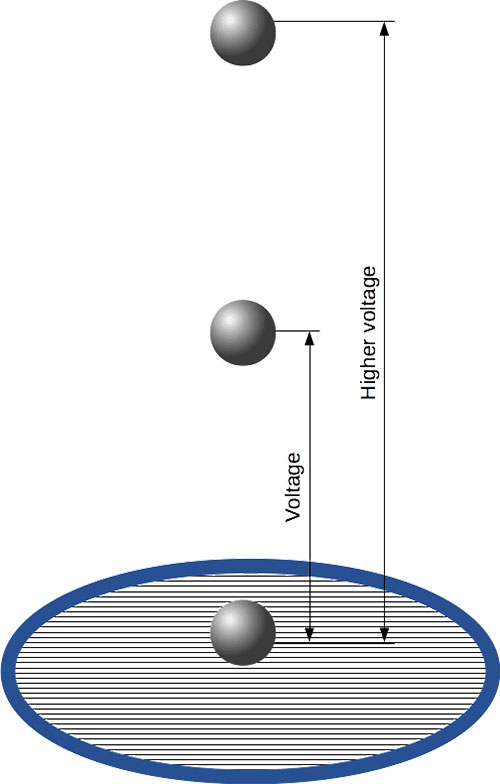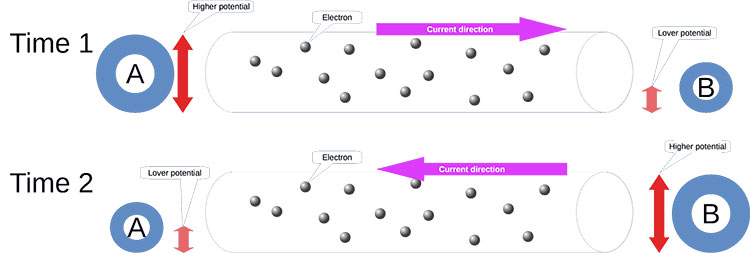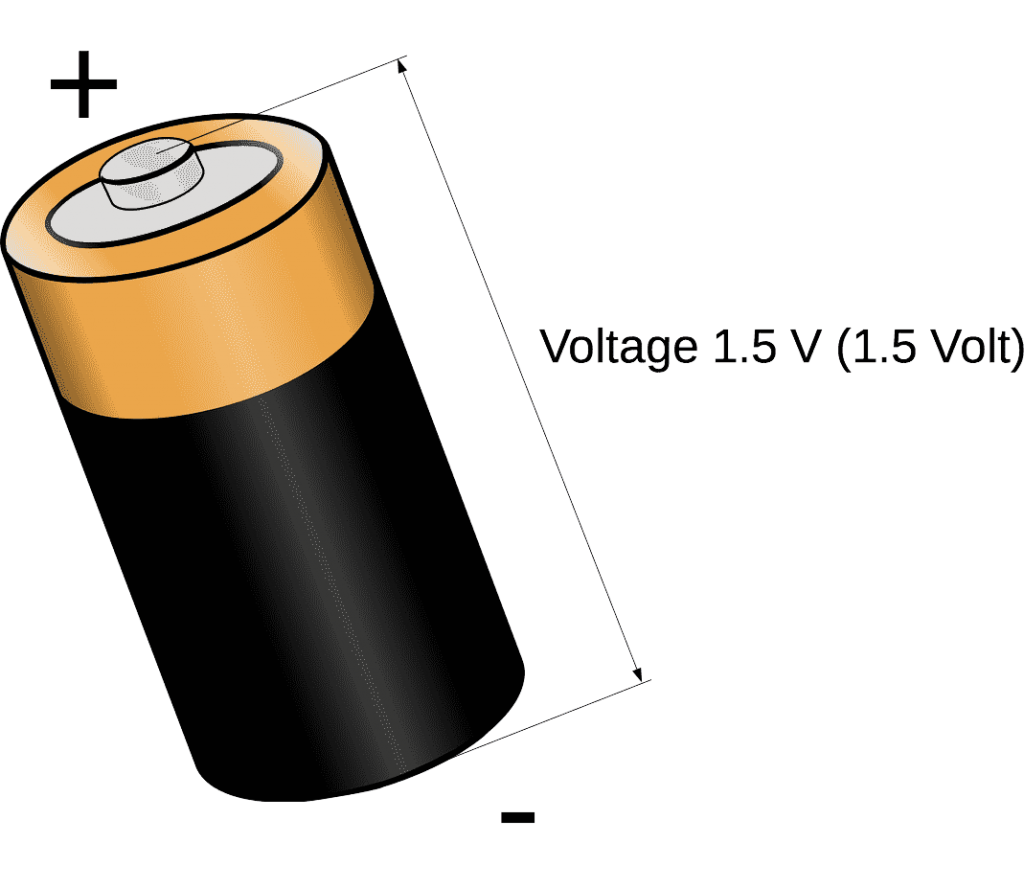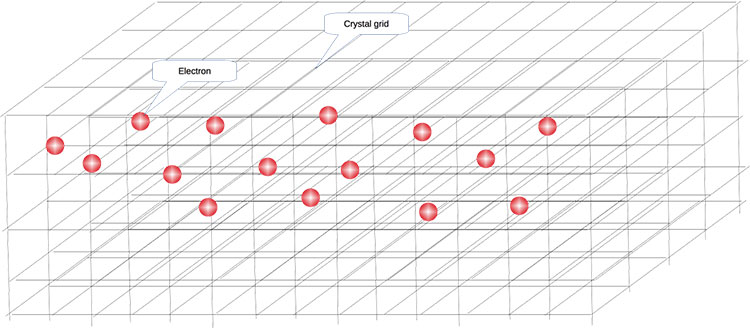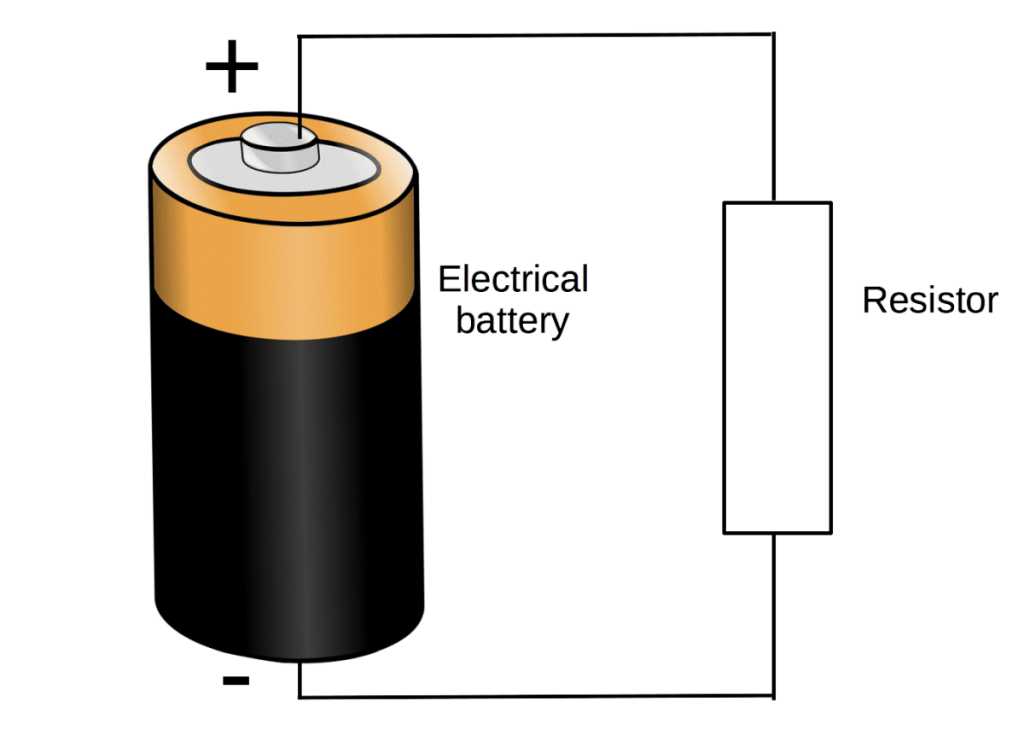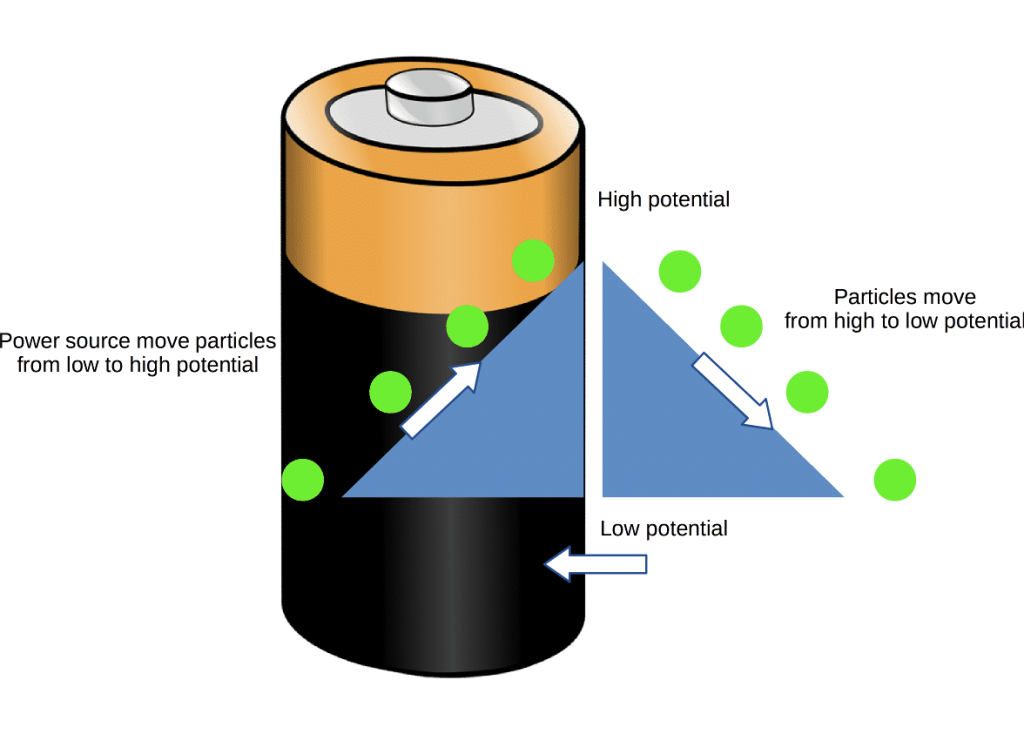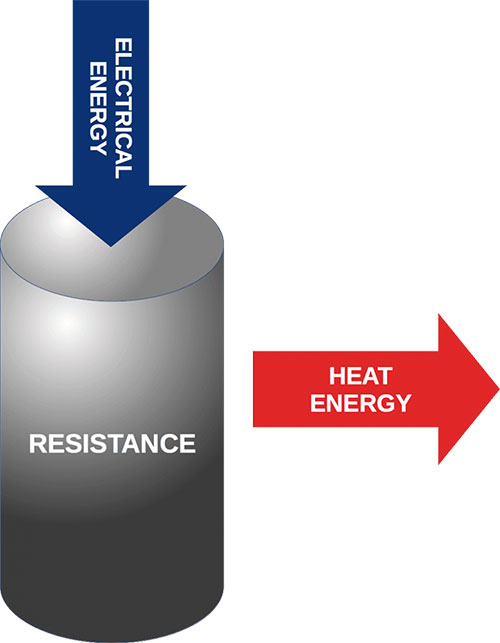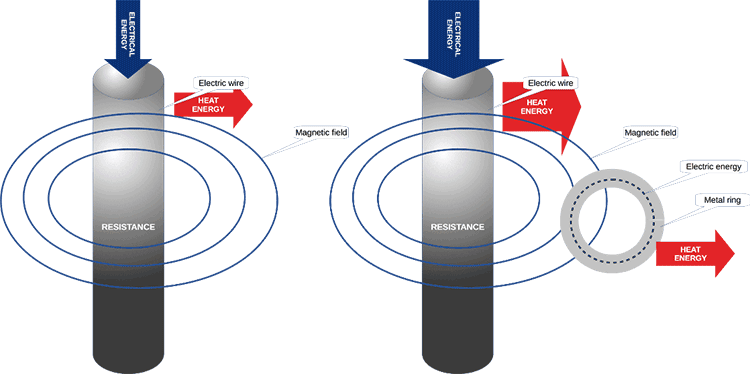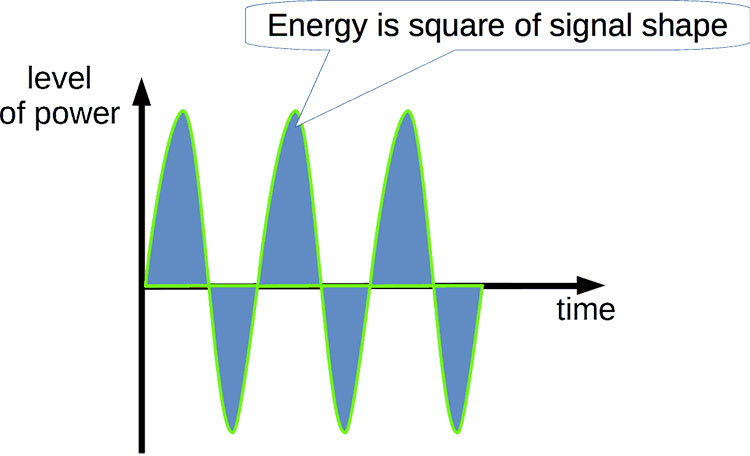This is the first in what I hope will be an education series of features on the basics of audio from our guest writer, Yuri. Today’s topic is really the building blocks of audio and that is all about audio physics and electrical theories. Basically what drives all our audio gear to work and create sound.
Yuri is an automation engineer with a specialism in telemechanics and communications. He has also worked his way up from engineer rank to a team lead in a radio communication branch over the course of the last 17 years.
In 2007 he founded the Audiophile Inventory project which is an audio conversion software since 2009 that you can try for free online at http://samplerateconverter.com.
Please note these articles are currently available on Yuri’s website and he has very kindly agreed to allow us to republish them for you guys to digest on Headfonics.
Introduction
These articles will introduce you to the fundamental electrical theories that underpin how audio generally functions in relation to the gear we use such as amp, cables, and headphones.
These bases are just for the understanding of electrical schemes and their related properties. Digital signal processing or DSP is also based on the physics of electricity.
An in-depth discussion of the physics of electricity is much too complex for web consumption. In this article, we have simplified our points on electrical power and audio physics in general for easier understanding to the newcomer.
However, it should be broad enough to not only explain how electrical schemes work but also provide you with the basis for some of the engineering thinking behind designing electronic devices such as amps and also audio software.
What Is Voltage?
Electricity is a field that can move electrons. The field is the difference in voltage levels. The difference creates a “mechanical” force that moves electrons.
Let’s look example that is well-known to everybody. If a ball is lying on the ground, it has zero voltage. If we lift the ball above the ground, we can consider the difference between the lifted ball and ground one like «voltage».
Voltage is the potential of an electron, like the potential of a ball that is held in your hands above ground.
If we release the ball, it will fall to the ground due to the voltage. The ball will hit the ground at a certain rate of impact. If we lift the ball higher than before, it will drop further and gain more speed and this will hit the ground with more impact. So, in effect, the higher the position the higher the voltage.
In this example of the ball, gravity is operating much like an electric field.
Voltage is called U.
An audio signal is usually considered as altering the voltage over the course of a period of time. Those who use oscilloscopes will be quite familiar with measuring the voltage over instances of time and what to draw from the instance that is captured on the screen.
Changing the voltage of the audio signal in time
Electrical Current
By the existing theory, electrical current is the moving of electrons. The voltage causes the moving from a higher potential point to a point with a lower potential.
Electrons thus move across wiring much like a pipe. Let’s imagine a cross-section (ring) inside the pipe as shown in the picture.
The amperage of the electric current
The ring is infinitely thin. The number of electrons that can pass through is measured as an electrical charge. Amperage is the charge that passes thru the ring per second.
The amperage is called I.
This particular type of current is considered direct current. where the current moves in a single direction.
Voltage in point can be changed though. Let’s imagine 2 points, A and B. In the current moment in time point A has a higher electrical potential than point B. Electrons move from the point with the higher potential A to a point with a lower potential B (remember our ball analogy?)
In the next time moment, point B will have a higher potential than point A. Electrons thus move in the opposite direction from the point with higher potential B to the point with the lower potential A.
It is now what we call an alternating current.
Alternating current
Let’s pay attention to the potential again. There is one subtle detail we need to take note of.
For this, we will use the example of a simple battery design. On the battery, we can see 2 contacts “+” and “-“. On the battery’s body, we can read 1.5 V. This means that the voltage (difference of electrical contact potentials) between “+” and “-” is 1.5 Volt.
Voltage (potential difference) of an electrical battery
Mathematically potential “+” (positive potential) is more than “-” (negative). Electrons should move from a higher potential to a lower one: from “+” to “-“. However, electrons are negatively charged particles. So, in reality, they move from “-” to “+”. It is the reason why negative contact should be disconnected when an electrical device is turned off.
But when we learn electrical schemes, we consider “virtual” positive particles, that move from “+” to “-“. Therefore, we need to follow context when we discuss the electric current direction.
So how are voltage and current bound together? For this, we need to discuss electrical resistance.
Electrical Resistance
When we considered electrical current, we looked at electrons that moved across the «pipe» (wire). In all things, I have described in this article, it doesn’t tap into the depth of what can be discussed regarding physics simply because particle theory is quite complex.
However, what comes next is a simplified process to help those who are not familiar with the topic quickly understand.
Electric current
The”pipe” (wire) we talked about earlier is not an empty construct. It contains a crystal grid otherwise known as a wire’s molecular matrix. Electrons basically “stumble” around and through this grid.
The grid acts as a point of resistance to the electron’s movement. When an electron “stumbled” by the grid or resisted it creates physical heat. The energy of electrons is actually converted to heat via this grid. The higher the resistance the more of the energy of the electron is converted to heat.
The resistance is called R.
How do voltage and current relate?
Understanding electrical schemes
In order to be able to understand an electrical scheme, we must first consider a stream of “virtual” positive particles (further “particles”) from “+” to “-” at the power source.
Let’s study a basic electrical scheme.
If we remember voltage is the potential between 2 points or the two contacts of the power source (battery). The potential creates the force that moves the particles. The greater the potential, the more force and thus the faster the particle speed.
A scheme is basically a closed loop. Particles move from “+” to “-” of an energy source (battery). Inside the battery, the particles are moved from “-” to “+” through a conductor.
For such an “unnatural” movement the energy of the power source will be easily spent. It is a bit like climbing the mountain in that respect. Further, the particles “naturally” move from “+” to “-” out of a power source again (akin to coming down from the mountain).
Particle movement in an electrical scheme
Therefore, the particles move through a closed loop allowing the power source to retain its potential and internal particle transportation ability. When particles move down from the “mountain”, they get “resistance” (ohms) from the crystal grid.
The resistance thus will limit the speed of the particle movement. Fewer particle numbers will pass thru the wire in the same time period, i.e. higher resistance (ohms) will lead to a lower amperage. To increase the amperage we simply increase the potential or reduce the level of resistance (ohms).
How do voltage and current relate?
Ohm’s law
Voltage, amperage, and resistance are bound via Ohm’s law:
V = I * R, where
- V is voltage (V, Volt)
- I is amperage (A, Ampere)
- R is resistance (Ohm)
To increase amperage we increase the voltage (potential) or reduce the level of resistance. Let’s look at a modified formula:
I = V / R.
Voltage can be increased in a number of ways such as adding more batteries. Resistance or ohm level can be reduced by the choice of wire material replacement or increasing the radius of the wire (pipe) through which electrons can pass through.
The smaller the wire strand, the higher the resistance level, for example, 26AWG is more resistive than 22AWG as it is a smaller gauge.
Electrical Power
Power, energy, voltage, current, and resistance are all linked. Electrical power is electrical energy measured per second.
Electrical Energy And Thermal Energy
In an electrical device, the energy is converted to other types of energy: mechanical, light, etc. The rest (or most of the parts for many kinds of electronic devices) of the electrical energy is converted to thermal energy via resistance.
Electrical energy in many cases converted to the thermal one
When we reviewed voltage we discussed that voltage is potential, which can cause movement of charged particles (electrons).
- When charged particles are under voltage, they have potential energy.
- When no voltage, the particles have no electrical energy.
- When the particles move under voltage, they have kinetic energy (energy of movement).
Electrical energy and magnetic energy
The electric energy that moves across the wire generates magnetic energy. But the electric energy will be consumed if a closed wire loop is placed in the magnetic field. As an example, a metal ring is placed around this wire.
Electrical energy converted to magnetic energy
Current in the ring flow inside the metal ring and energy is consumed from the electric wire via a magnetic field. Consuming the electrical energy (and current respectively) in the electric wire increases. More current – more energy is lost at the electric wire for heat.
Graphical presentation of electrical energy
Graphical presentation of electrical energy
Electrical power and energy formula
For the energy calculation signal’s “level of voltage,” it must be converted to “level of power”. Where power = [level of voltage]2 * Resistance.
For digital signal processing the resistance may be accepted as 1.
So energy is calculated as a square of signal power shape.
Audio Physics In Summary
If we summarize what we discussed about Electrical terms we can outline the following:
- Power is electrical energy per second.
- The current generates energy.
- The voltage generates current.
- Resistance limit current for a given voltage and convert electrical energy to heat.
Let’s look at electricity from a practical audio point of view.
Analog Domain
An amplifier gets its input voltage from a DAC and generates an alternate current in the wires of an acoustic cable which are connected to speakers or a headphone.
The current flow through the wires in a speaker or driver coil. In the coil, alternate magnetic fields will appear. The magnetic field moves the driver which in turn moves air. We thus hear a sound that is created through the movement of air. The electrical energy of the amplifier is spent to heat and the mechanical movement of the driver.
Digital Domain
In the digital domain, we consider “virtual” voltage values, that will generate real voltage in DAC.
What about DSP and the electrical energy of the audio signal? When we analyze dynamic range, overload, noise level, and signal-noise ratio we refer to energy in the signal frequency band rather than amplitude.
So we need to remember that electrical energy is a geometrical square of power. It allows us to easily operate in time (oscillogram) and frequency (spectrum) domains.
We can see that electrical terms are used not only in hardware design but also in digital signal processing. Knowledge about electrical energy allows a better understanding of well-known terms such as dynamic range, overload, noise level, etc., and the relationship between these terms.
Audio digital signal processing is a mathematical representation of the real electrical processes that occur as described above.


